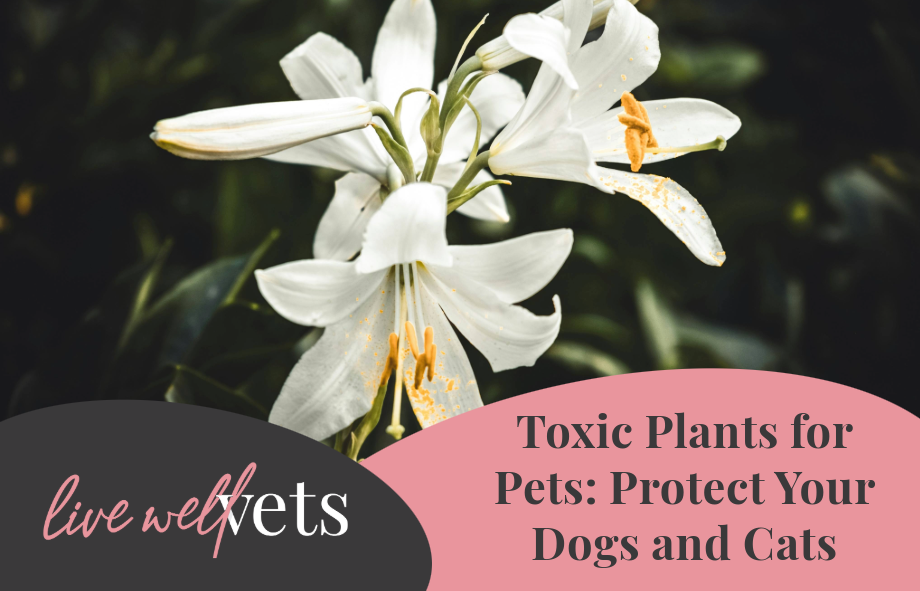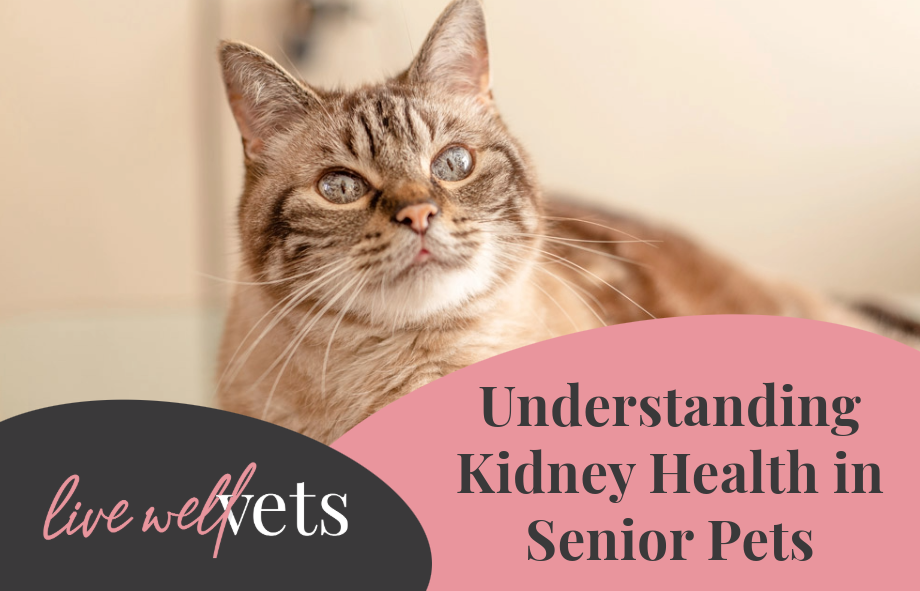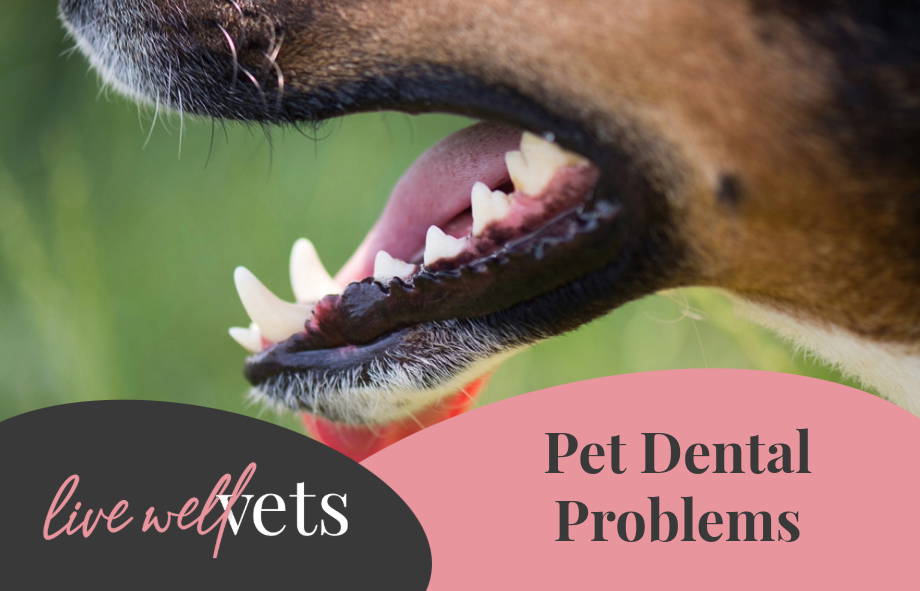Many common plants and flowers found in gardens and homes can pose serious risks to pets. Knowing how to recognise these toxic plants and their symptoms can help you protect your beloved animals. Here’s an essential guide to some of the most common toxic plants for dogs and cats:

Hydrangea
All parts of hydrangeas are toxic to dogs.
- Symptoms: Vomiting, diarrhoea, lethargy.
- Action: Contact your vet immediately. Early veterinary care improves outcomes.
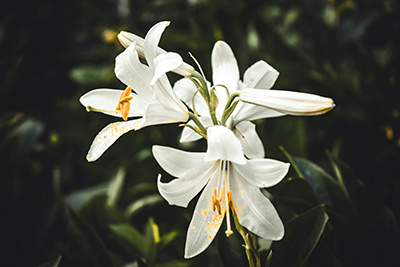
Lilies
Lilies are extremely dangerous to cats—even minimal contact with pollen can cause harm.
- Symptoms: Vomiting, drooling, loss of appetite, increased thirst or urination, seizures, or sudden death.
- Action: Seek emergency veterinary care immediately. Avoid lilies entirely if you have cats.
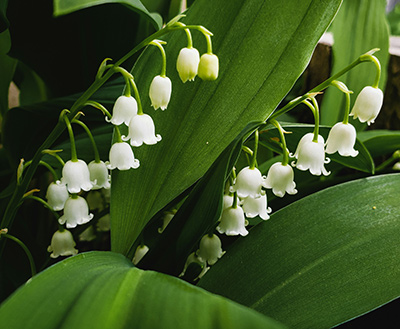
Lily of the Valley
Highly poisonous to both dogs and cats.
- Symptoms: Vomiting, diarrhoea, abdominal pain, possibly bloody stools.
- Action: Contact your vet immediately.
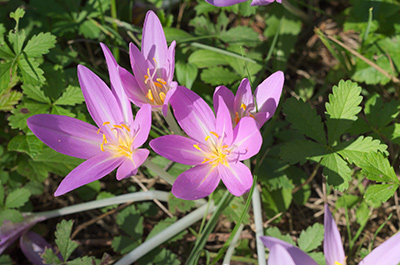
Autumn Crocus
Especially toxic in bulbs and seeds.
- Symptoms: Drooling, mouth irritation, difficulty swallowing, stomach pain, diarrhoea, blood in urine, urinary blockage.
- Action: Remove plant access and seek veterinary help urgently.
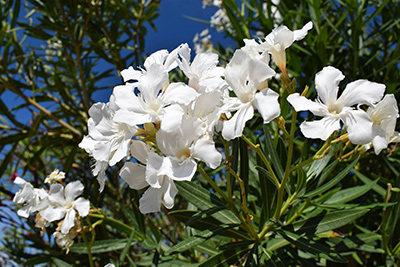
Oleander
Dangerous in all parts of the plant.
- Symptoms: Diarrhoea, lethargy, irregular heartbeat, seizures, collapse.
- Action: Seek immediate veterinary attention if ingestion is suspected.
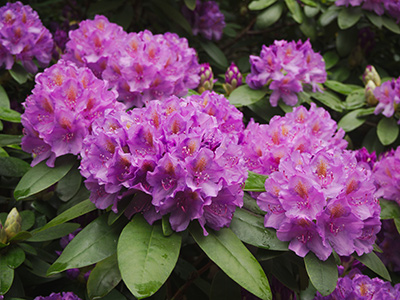
Rhododendron
All parts, especially leaves, can cause severe illness.
- Symptoms: Vomiting, weakness, irregular heartbeat, paralysis in severe cases.
- Action: Immediate veterinary intervention is crucial.
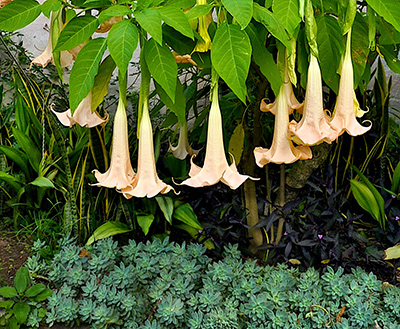
Angel’s Trumpet
Leaves and flowers are highly toxic if ingested.
- Symptoms: Disorientation, dilated pupils, appetite loss, increased heart rate, temperature changes.
- Action: Seek veterinary care without delay.
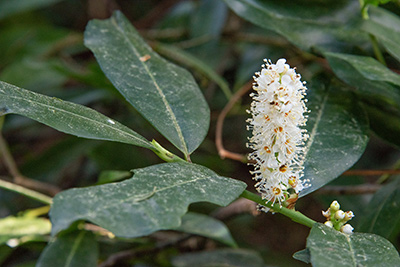
Cherry Laurel
Common garden shrub, particularly toxic in seeds and leaves.
- Symptoms: Drooling, vomiting, breathing difficulties, inflammation of mouth and digestive tract.
- Action: Prompt veterinary consultation needed.
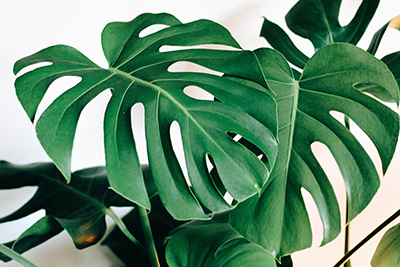
Philodendrons
Common houseplants that cause moderate toxicity.
- Symptoms: Mouth irritation, drooling, gagging.
- Action: Remove the plant immediately and contact your vet for guidance.

Tulips
Bulbs contain the highest toxin levels.
- Symptoms: Vomiting, appetite loss, lethargy.
- Action: Monitor closely and consult your vet promptly.
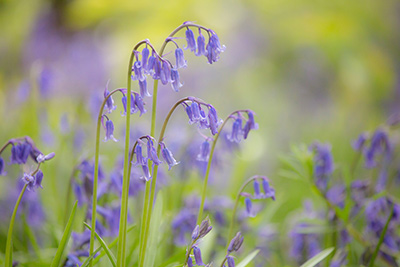
Bluebells
Common springtime flower, toxic particularly to dogs.
- Symptoms: Vomiting, diarrhoea, drooling, skin irritation, tremors, decreased heart rate.
- Action: Immediate veterinary advice required.
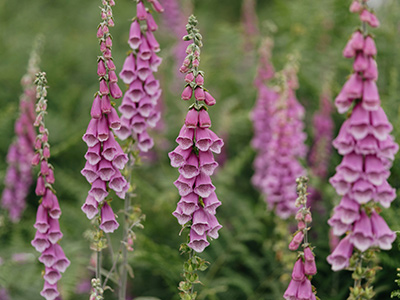
Foxgloves
Extremely toxic, impacting heart function.
- Symptoms: Nausea, tremors, weakness, collapse.
- Action: Treat ingestion as an emergency—early treatment is critical, though no antidote exists
Benefits of The Live Well Pet Club
At our practice, we offer a tailored in-house health plan designed specifically to meet senior pets’ needs, providing regular check-ups, screenings, and discounts on specialised treatments. It’s an ideal way to ensure your senior pet receives continuous, proactive care.
What to Do if You Suspect Poisoning
If your pet ingests any potentially toxic plant, do not hesitate. Contact your vet immediately. Quick action greatly increases chances of recovery.
Contact Live Well Vets on:
Llantrisant: 02921 851 632 | Caerphilly: 02922 520 471
